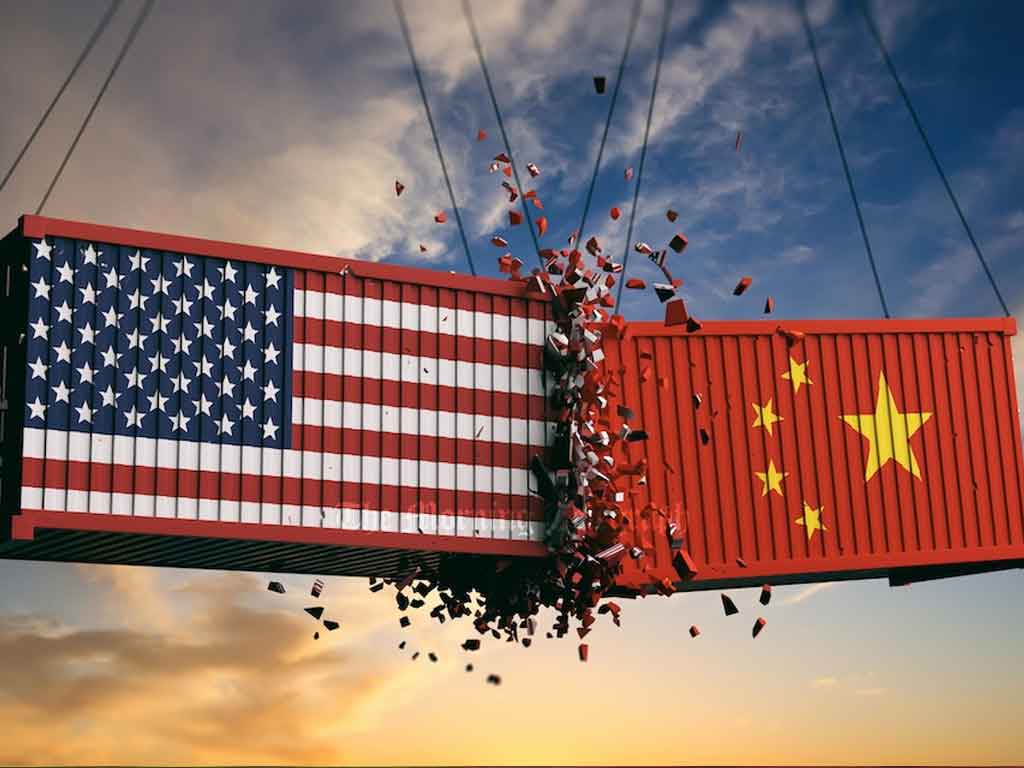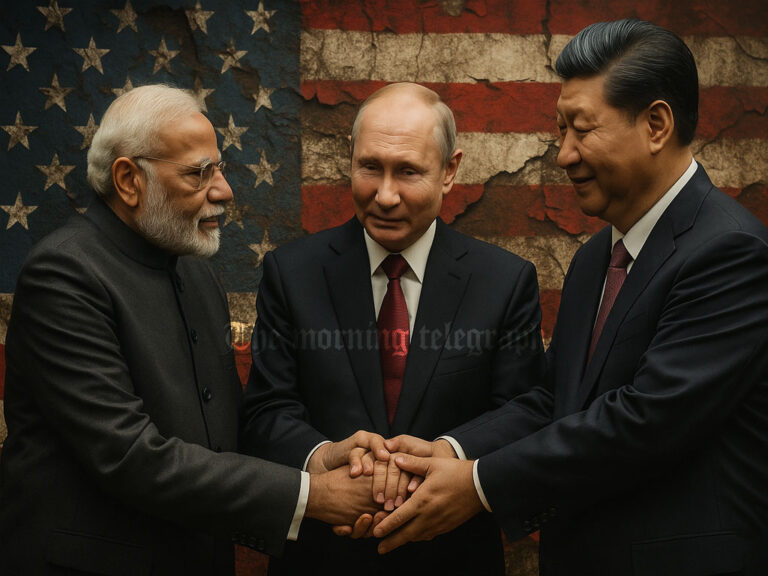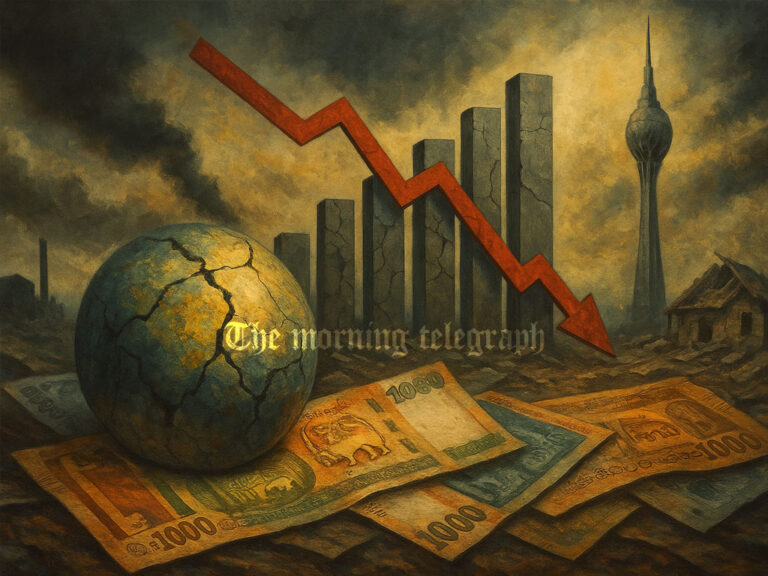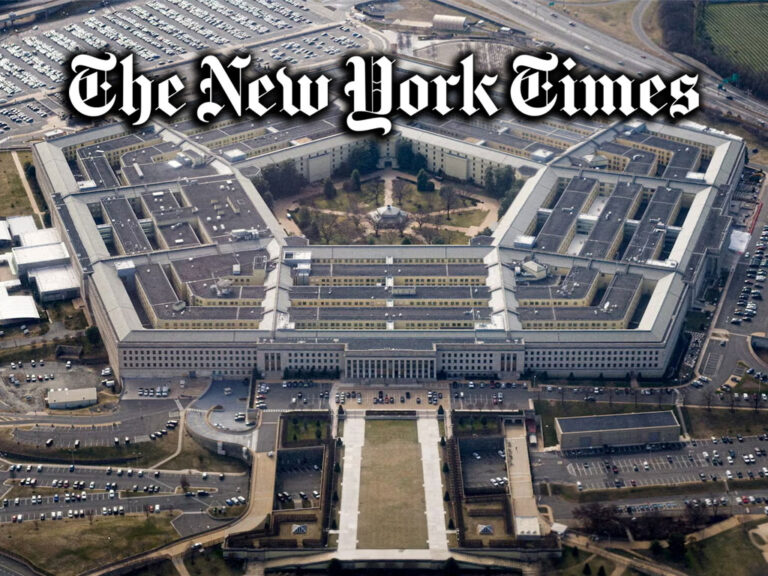
The United States confirmed on Tuesday that it will proceed with imposing 104% tariffs on Chinese imports, with the new rates set to take effect just after midnight. This comes as President Donald Trump’s administration begins engaging in discussions with several trading partners affected by the sweeping new tariffs.
U.S. financial markets continued their downward trend, with the S&P 500 falling below the 5,000 mark for the first time in nearly a year. The index is now 18.9% down from its peak on February 19, approaching bear market territory. According to LSEG data, companies listed on the S&P 500 have lost a staggering $5.8 trillion in market value in the four days since Trump’s tariff announcement—the largest four-day loss in the index’s history.
Global investor optimism had briefly surged on hopes that the administration might reconsider or scale back the tariffs. However, those expectations were dashed as the White House confirmed the implementation of country-specific duties, some as high as 50%, beginning at 12:01 a.m. Eastern Time.
The announcement sent jitters through Asian markets, with Japan’s Nikkei experiencing heavy selling and other regional exchanges preparing for further declines. Meanwhile, talks have been scheduled with key partners including South Korea and Japan. Italian Prime Minister Giorgia Meloni is also slated to visit Washington in the coming days.
“These are tailored, highly tailored deals,” Trump said during a White House event where he signed executive orders supporting coal production. “We’ve spoken to over 70 countries. Everyone wants in. The problem is, we can’t accommodate them all at once.”
Despite speculation, the White House clarified that the new tariffs would proceed without delay—especially those aimed at China, which now faces the steepest increase at 104%. This move comes in response to countermeasures from Beijing, which has refused to yield to U.S. demands, describing the escalation as blackmail and pledging to retaliate.
White House economic adviser Kevin Hassett noted in an interview that the administration’s priority is negotiating with traditional allies and trade partners such as Japan and South Korea. According to spokesperson Karoline Leavitt, Trump’s country-by-country approach will consider factors beyond trade, including foreign aid and defense cooperation.
Lead trade representative Jamieson Greer told Congress that while discussions are moving forward, there’s no formal deadline. “The president has made it clear—no exemptions or exceptions are on the table in the immediate term,” Greer said.
In an evening address to Republican lawmakers, Trump previewed more tariffs—this time targeting pharmaceutical imports—in an effort to push drug manufacturers to relocate production to the United States. The broad range of tariffs has raised widespread concern about a potential recession and disrupted decades of global trade norms.
China, preparing for what could become a prolonged trade conflict, is warning of reduced profits and considering shifting production abroad. Citing growing external risks, Citi revised its 2025 forecast for China’s GDP growth down from 4.7% to 4.2%.
Canada has already responded. Prime Minister Mark Carney announced a 25% tariff on certain vehicle imports as a countermeasure, taking effect immediately after midnight. “President Trump started this trade crisis—Canada is responding with determination,” Carney posted on social media.
Though Canada and Mexico are excluded from this latest round of tariffs, earlier trade restrictions remain. Most products that meet the criteria of the current U.S.-Mexico-Canada trade agreement are not subject to new levies.
In the U.S., consumer concerns are rising. A Reuters/Ipsos poll found that three-quarters of Americans expect price hikes due to the tariffs. Companies are adjusting rapidly: chipmaker Micron is introducing a new tariff surcharge, while apparel retailers are delaying new orders and hiring. One industry group warned that sneakers made in Vietnam, currently priced at $155, could rise to $220 under the 46% tariff.
Consumers are already reacting. “I’m stocking up on everything—beans, canned food, flour,” said Thomas Jennings, 53, as he filled his shopping cart in a Walmart in New Jersey.
Although the initial impact may be delayed—since goods already en route won’t be affected—business leaders, including some close to Trump, are urging him to reconsider.
Global oil prices have stabilized slightly after plummeting to a four-year low.
The European Commission is also weighing its response. Officials are drafting countertariffs of up to 25% on products such as soybeans, nuts, and sausages. While bourbon and pharmaceuticals have so far been spared, existing tariffs on automobiles and metals remain in place. Another round of 20% tariffs on various goods is scheduled to begin Wednesday.
European pharmaceutical companies are warning that continued tariff pressure could push the industry to shift operations away from the continent and into the U.S., amplifying the long-term impact of Trump’s trade policies.




